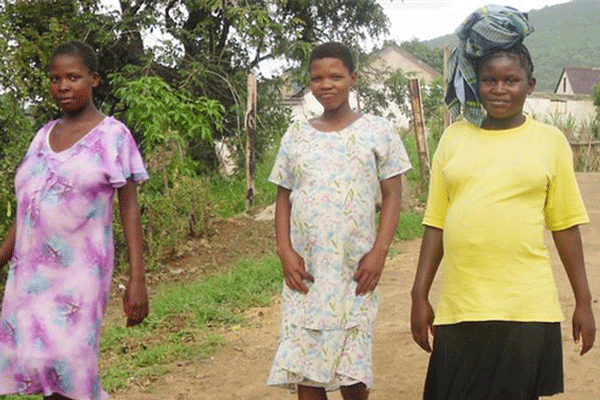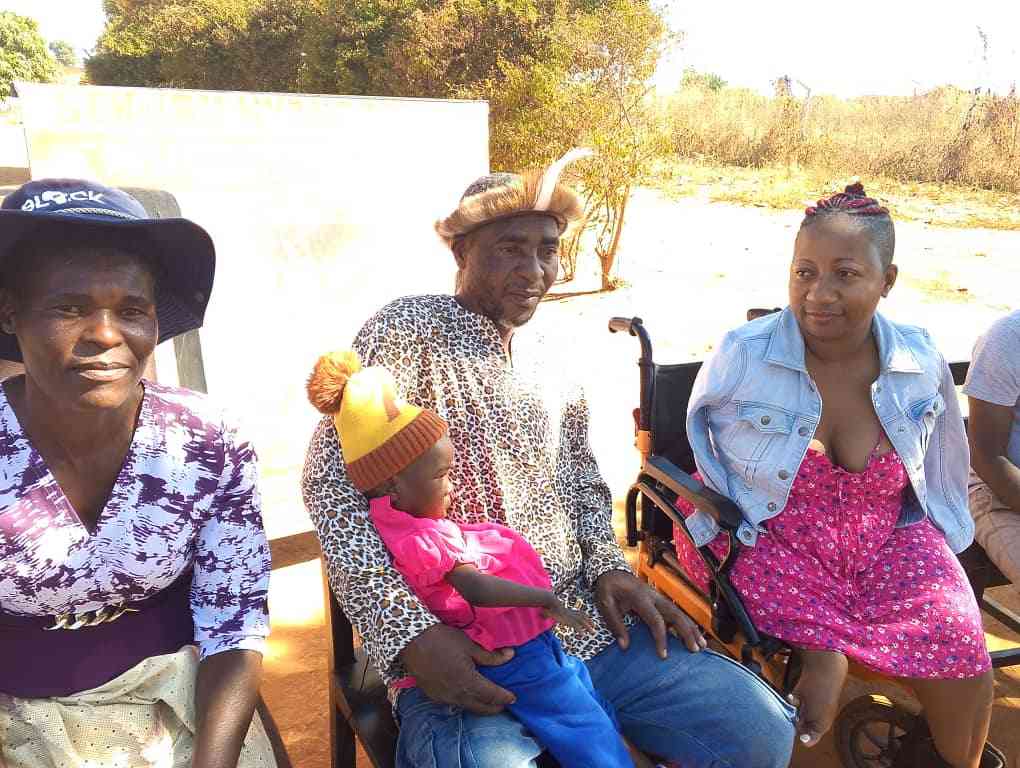
Leaving her marriage was the least of Talent Shoko’s considerations after discovering that she and her husband Marko were HIV-positive and her husband acknowledges that his wife was their source of strength in their journey living with HIV.
social commentary with Moses Mugugunyeki

Theirs is a story of patience, resilience and love, which has preserved their union despite their HIV-positive status. It is easy to see how happy they are together from how they talk about each other, their children, the farming project they run together and the experiences they have been through as a couple living with HIV.
The Standard Style recently caught up with the couple that lives in Maungaunga Ward in Muzarabani, Mashonaland Central province who spoke about their journey living with HIV.
“My husband told me that he had been tested for HIV and was found to be positive. I also followed suit and tested positive, but there was no need to pick up fights other than seeking counselling and treatment,” said Talent, who is six months pregnant.
“From the treatment and counselling sessions that we had, we learnt that it was possible to give birth to an HIV-free baby if we followed the antiretroviral therapy religiously.”
Talent is among a myriad of women in Zimbabwe who are likely to benefit from the country’s call to commit itself to bring an end to new paediatric HIV infections as agreed upon at last year’s 21st edition of the International Aids Conference.
Countries attending the conference, the world’s largest forum devoted to any single health or development issue, agreed on the need for a global push to end paediatric Aids by 2020.
- Chamisa under fire over US$120K donation
- Mavhunga puts DeMbare into Chibuku quarterfinals
- Pension funds bet on Cabora Bassa oilfields
- Councils defy govt fire tender directive
Keep Reading
To achieve this goal, the United Nations Aids (UNAids) emphasised, “Prevention efforts will need to be matched by an equally robust effort to address the treatment needs of children living with HIV.”
The new global push comes at a time when children aged 0 to 14 years, accounting for 5% of people living with HIV in 2015, represent 10% of all Aids-related deaths. Half of all children who acquire HIV perinatally die by their second birthday unless they receive antiretroviral therapy, with peak mortality occurring at six to eight weeks of life.
In 2011, government made elimination of paediatric HIV and Aids a national goal and renewed commitment to decrease the rate of new HIV infections among children. As a result, the government adopted the World Health Organisation antiretroviral therapy guidelines that recommended treatment for all to increase access to services in an effort to control the HIV epidemic by 2020 and end Aids by 2030.
Talent, just like other expecting women in Zimbabwe, is fortunate enough after the country underlined the need to virtually eliminate mother-to-child transmission of HIV by scaling up point of care diagnostic tools for children, intensifying testing efforts for older children and strengthening of service delivery and patient monitoring for mothers and their infants, as well as expanding the array of child-appropriate antiretroviral medicines.
Elizabeth Glaser Pediatric Aids Foundation, which is one of the partners working with the Ministry of Health and Child Care, believes that Zimbabwe is on track to be one of the first nations in sub-Saharan Africa to virtually eliminate mother-to-child transmission of HIV.
“This is a remarkable feat, considering that, as of 2009, Zimbabwe had one of the highest burdens of new HIV infections in the world and was experiencing a mother-to-child HIV transmission rate of approximately 30%,” the organisation said.
Zimbabwe’s effort to eliminate mother-to-child transmission of HIV supports the implementation of the 2030 Agenda for Sustainable Development, as one of the Sustainable Development Goals (SDGs) relating to health (SDG 3) has a target to end the epidemic of Aids by 2030.
UN member states, including Zimbabwe last year adopted a new political declaration to fast-track progress towards combating HIV and Aids by 2020 and end the epidemic as a public health threat by 2030.
UNAids further said that the renewed global push to close paediatric treatment gaps support the Aids-free component of the Start Free, Stay Free, Aids Free framework launched by the programme and its partners.
Health and Child Care minister David Parirenyatwa is on record saying Zimbabwe’s success HIV story was a result of the comprehensive combination of high impact HIV prevention interventions, which included HIV testing services, prevention of mother-to-child infection, condom promotion and distribution, treatment as prevention, behaviour change and voluntary medical male circumcision.
He said “closing taps for new infections” leads to an end to HIV, including virtually elimination of mother-to-child transmission of HIV.











